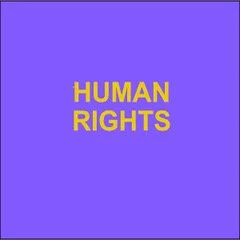By Ada Pecos Melton, Rita Martinez | American Indian Development Associates Christina Melander, Elizabeth Tibaduiza, Rebecca Pfeffer | RTI International
The Administration for Children and Families’ (ACF’s) Office on Trafficking in Persons (OTIP) established the Demonstration Grants to Strengthen the Response to Victims of Human Trafficking in Native Communities (VHTNC) Program to address the significant need for supports to respond to human trafficking in Native communities. In September 2020, six projects received 3-year awards to build, expand, and sustain organizational and community capacity to deliver services to Native Americans (i.e., American Indians, Alaska Natives, Native Hawaiians, and/or Pacific Islanders) who have experienced human trafficking. RTI International and American Indian Development Associates conducted a formative evaluation of the VHT-NC Program, overseen by ACF’s Office of Planning, Research, and Evaluation (OPRE), in collaboration with OTIP.
This brief describes how the six VHT-NC projects used culture as a resource, which we define as using or integrating cultural values, beliefs, traditions, and activities into various project strategies and services offered.
We explore how the projects incorporated culture within four programming areas: (1) project staffing, (2), education and training, (3) outreach, and (4) case management and supportive services (see Exhibit 1). This brief is informed by self-reported data from award recipients’ performance progress reports submitted quarterly to ACF and by virtual and in-person interviews conducted between March 2022 and August 2023 with VHT-NC project leadership, advocates,1 partners, and participants.
, Washington, DC: Office of Planning, Research, and Evaluation, Administration for Children and Families, U.S. Department of Health and Human Services. 2024. 14p.





















